Gangsters in Chicago

"Oh, Chicago! Bang-Bang!"
-- Joe Flaherty, as a border guard, in "Stripes"
"C'mon," pleads the guy in the black fedora who calls himself "Numbers," as he stands in the front of the bus, facing the people. "Duck for me." A hail of machine-gun noise comes out of somewhere. This time, the passengers -- most from the U.S. but many from Switzerland and at least one from Ireland, passengers who earlier had not ducked on cue -- duck.
No one is hit. There are, however, giggles.
"When in Chicago," says Numbers, "you gotta know how to get by."
This is the Untouchable Tour. It is a gangster tour. Until Craig Alton and some of his family started it in 1988, there were no gangster tours in Chicago. Chicago -- well, official Chicago -- don't like being associated with no gangsters.
There's a story around, a true story, about a writer (OK, me) who was hired by the city to write a book about Chicago's neighborhoods -- all of them -- that was to include things to see and do and plenty of history. He was forbidden to include any gangster names. He could mention G-man Eliot Ness, sure, but not the guy he put away, and the Biograph Theatre but not the shooting that made it famous... and this was in 2010.
"The thought of going to the Netherlands and not seeing a windmill is inconceivable to me," says Alton. "Everybody in the world knew about Al Capone. And 23 years ago there was nothing in the city that had anything to do with Al Capone."
There is now.
"Yes, We Have No Bananas," the song, is playing on the sound system as the black school bus stops in front of Holy Name Cathedral, a couple of blocks west of the Magnificent Mile. Dion O'Banion knew Holy Name well.
"He grew up in this very neighborhood," Numbers tells the people on the bus, which on this Saturday morning is full. During Prohibition, O'Banion owned and ran a prosperous flower shop, Schofield Flower Shop, right across the street from Holy Name, the church seat of the Chicago Archdiocese since 1875. It was, says Numbers, a very successful shop.
"Flowers in the front door. Liquor out the back."
The shop is gone now. So is O'Banion, murdered in 1924 by a rival gang in that shop. Still here, in the cathedral's exterior limestone walls, are bullet holes from the 1926 assault (same rival gang) that gunned down another mobster, Hymie Weiss.
The bus pulls away. Now the song "On the Good Ship Lollypop" is playing on the sound system. "It started out as a straight historical tour," says Alton, who, acting as the character "South Side," is driving the bus and firing straight lines at Numbers (aka Tom Burns, who studied comedy at Second City and plays clubs when he isn't playing tough).
“If you're going to play to both of them, you have to be historically correct and fun at the same time."
It is historically correct, as correct as it can be. And it is fun. There's a brief Italian sing-a-long. There's a raffle. Numbers is hilarious, in a grim sort of way, as he tells a story about the time Capone's boys approached Fats Waller at a neighboring hotel, the Blackstone, and suggested he play instead for Capone's guests at the brand new Stevens Hotel (now the Hilton Chicago). Waller first declined. Then he, um, didn't.
Waller, a star who sang, played and wrote music (including "Ain't Misbehavin' "), entertained Capone's guests for three days. Capone paid him off with a "Good job" and a princely $10,000 in cash.
"That's Al Capone," says Numbers as the bus passes the Hilton. "Of course, if he doesn't like you, he kills you. "
We learn of Johnny Torrio on this tour and of Bugs Moran, about the Genna Brothers and Dillinger and Machine Gun Jack McGurn, pass the sites of mob hangouts (some still around but repurposed), hear stories of betrayal and reprisal.
We see movie locations -- "Blues Brothers," "Ocean's 11," "Ferris Bueller" and more, including, of course, "The Untouchables."
And, again, we duck.
"Why," a customer asks, "is there no mention of Lucky Luciano?"
"Because he's in New York," says Numbers. "We're in Chicago."
Bang-Bang pride. At last.
Travel writer Alan Solomon -- who lives right across the street from the site of the 1929 St. Valentine's Day Massacre -- took this tour on Sept. 10.
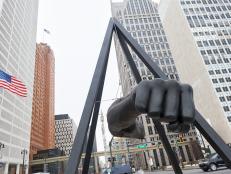
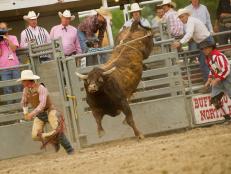

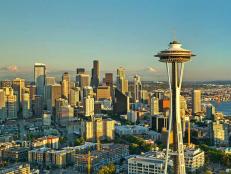
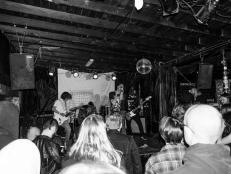
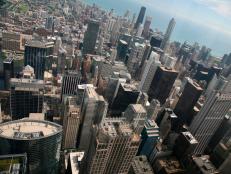
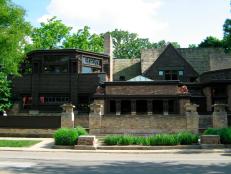
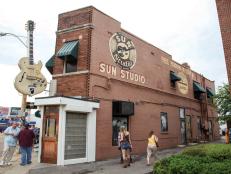
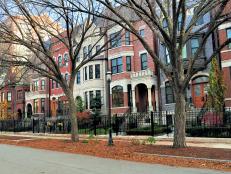
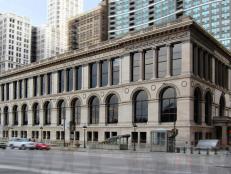

















.jpg.rend.hgtvcom.231.174.suffix/1674758726773.jpeg)











